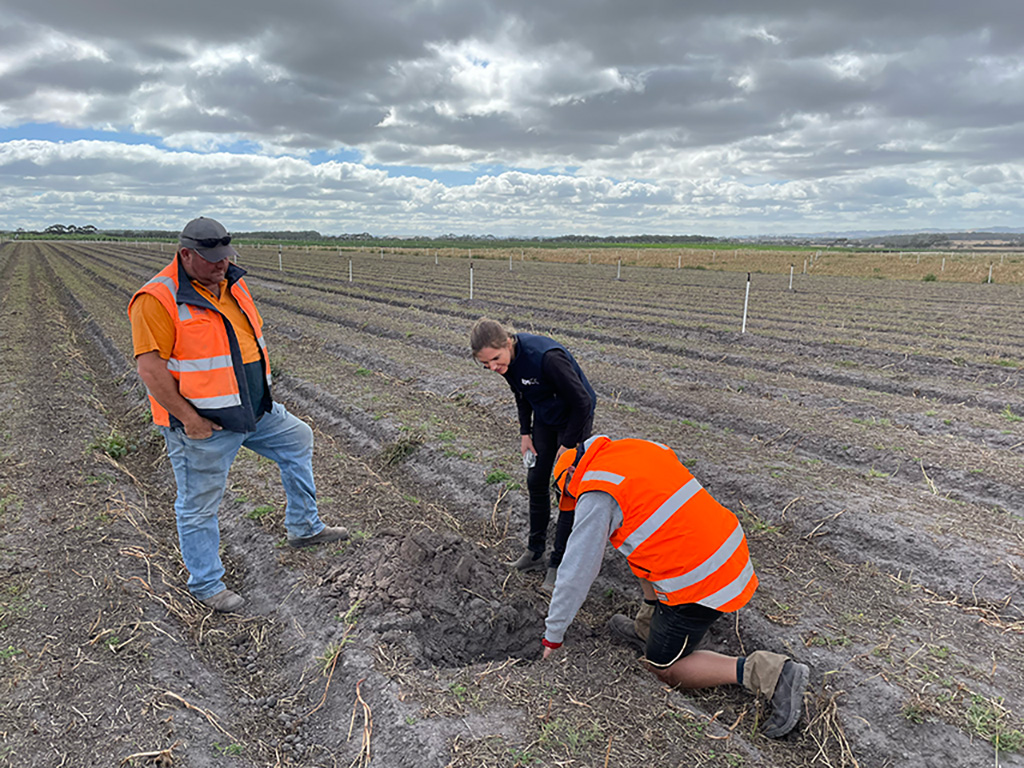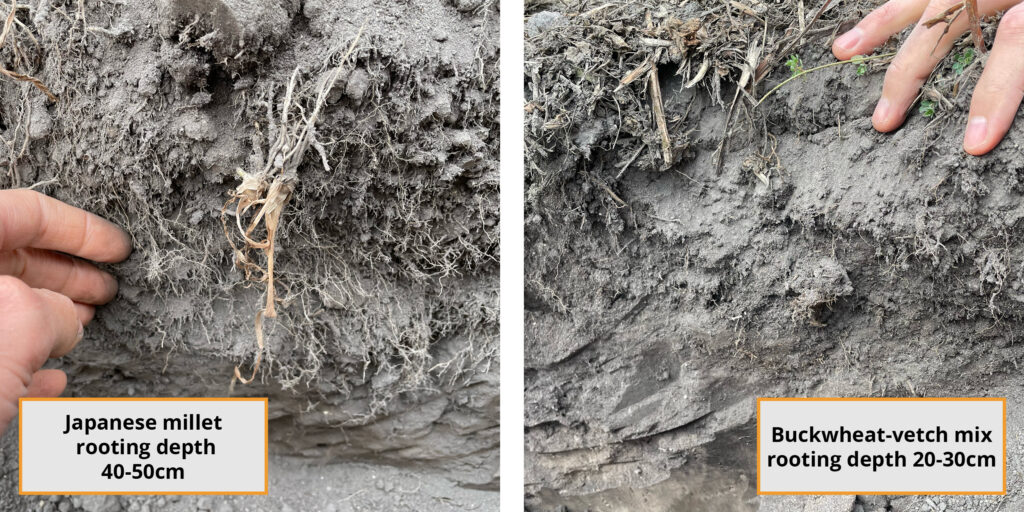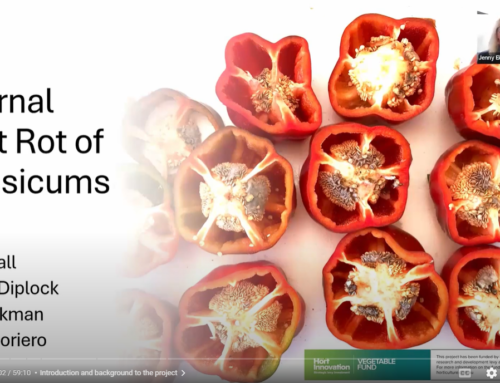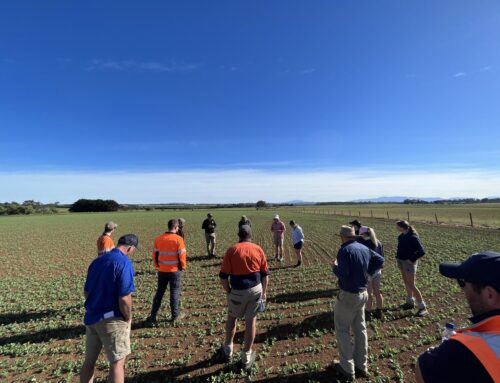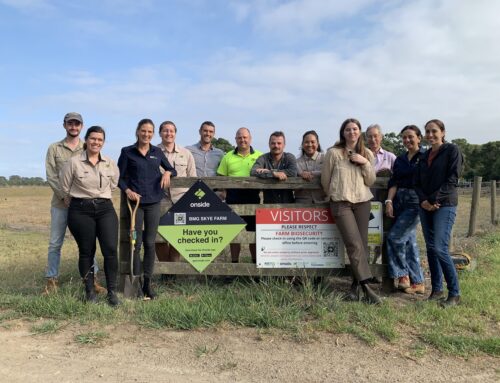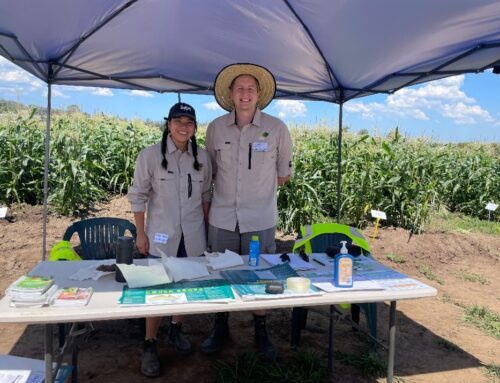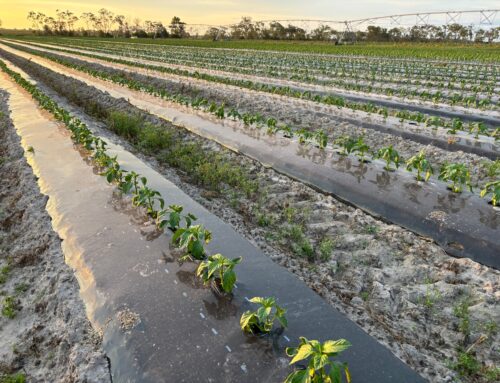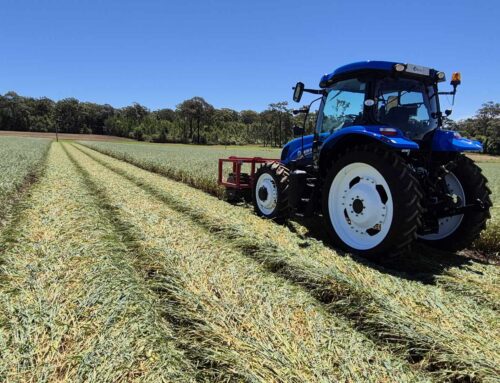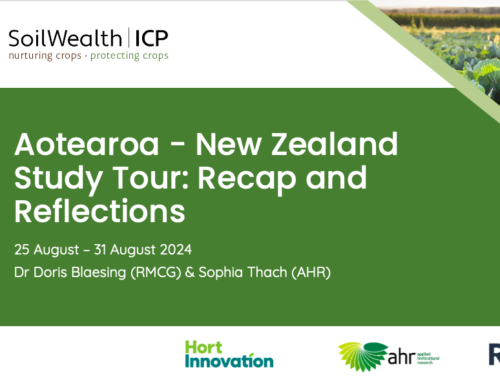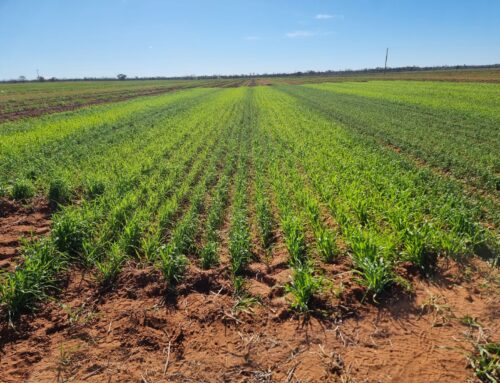Soil carbon refers to the measure of carbon contained within soil organic matter, which is around 50% on average. It plays a key role in soil health.
Vegetable growers can maintain or build soil carbon to improve soil health, crop resilience and productivity, and reduce greenhouse gas emissions.
High organic carbon levels are associated with higher soil microbial populations, good nutrient holding capacity and nutritional cycling ability. Understanding the role of carbon will assist vegetable growers to remain profitable and sustainable into the future.
Our Tarwin demonstration site in South Gippsland, Victoria aims to maintain soil carbon in a clay loam greenfield site which is gradually being converted from pasture to a vegetable production system rotation, predominantly celery, spinach and leek.
Carl Larsen and Camilla Humphries from the Soil Wealth ICP team visited the site in late March 2024 to check the cover crop termination, undertake labile carbon and soil chemistry tests, and investigate soil profile and structure pits across both the trial and control areas of the demonstration site.
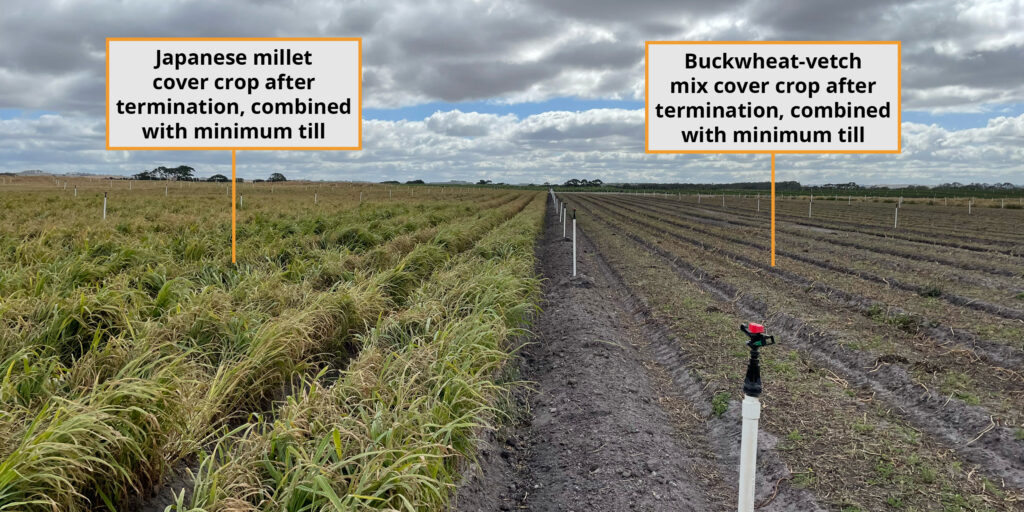
Figure 1: Trial area treatments.
What does labile carbon tell us?
Labile carbon is the carbon most readily available as a carbon and energy source to microorganisms.
While changes in practice may not demonstrate changes in total soil carbon, they may increase labile carbon, making it a better indicator of improved soil quality. Labile carbon is often a good ‘leading indicator’ of soil biological activity.
The labile carbon field test is useful for comparing management practices that influence organic carbon. We undertook a labile carbon test across the different treatments within the trial and compared this to the control area at the Tarwin demonstration site.
The relative results showed:
- Very good labile carbon in the areas with the warm season cover crops (Japanese millet and buckwheat-vetch mix) combined with minimum till (Figure 1)
- Good labile carbon in the areas with cover crops and cultivation, in both the trial and control that included grower standard cereal rye (Figure 2)
- Poor-average labile carbon in the areas with composting and cultivation, or minimum till, without cover crops (Figure 3).
Figure 2: Comparison of rooting depths and soil structure of the Japanese millet (left) and buckwheat-vetch mix (right) cover crops in the trial area.
How do you know if your soil is healthy?
Soil health is the condition of the soil in relation to its inherent or potential capacity to sustain biological diversity, maintain environmental functions, and support healthy plants and animals.
A soil health status or soil condition can provide insights into a soil’s capacity to fulfil all soil functions. This includes nutrient cycling, carbon storage and turnover, water maintenance, soil structure arrangement, regulation of aboveground diversity, biotic regulation, buffering and the transformation of potentially harmful elements and compounds.
Soil organic matter and soil organic carbon can indicate the physical, chemical and biological benefits associated with soil health.
Increasing organic matter inputs (crop residues, cover crops and composts) and reducing losses (cultivation and fallow) are key to maintaining soil carbon stores and improving soil health and productivity.
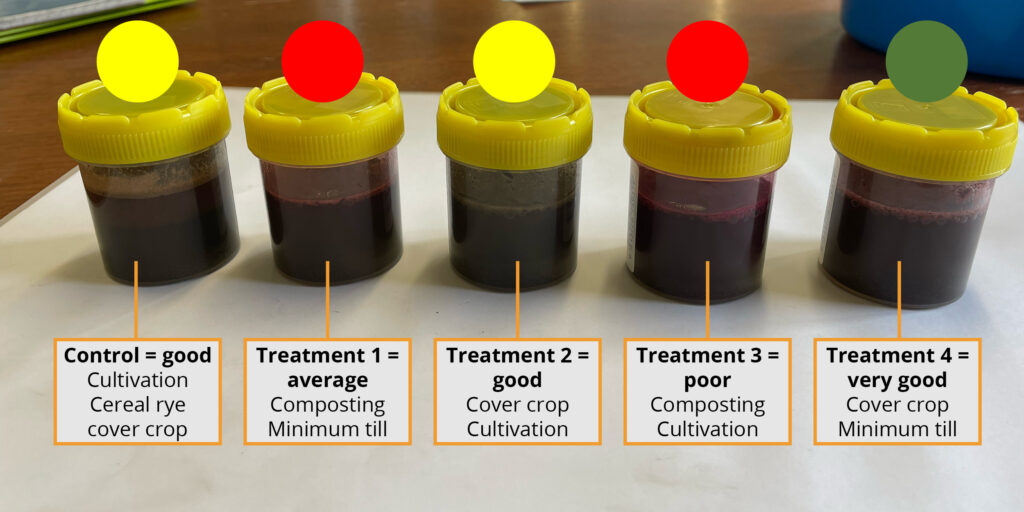
Figure 3: Labile carbon field test results with soil health ‘traffic light’ indicators.
Where to next? Further information
The recently terminated cover crops within the trial areas will be strip-tilled ready for celery and leek transplants over the coming month, which will be the first cash crop.
The control area will be returned to the standard cereal rye cover crop following the recent spinach cash crop.
You can access the following useful resources for further information:
- Carbon storage in vegetable soils fact sheet
- The Carbon Series Part 2: Soil carbon and carbon sequestration global scan and review
- Labile carbon fact sheet
- How do you know your soil is healthy? Top tips for vegetable growers fact sheet.
Watch the short video explanation of the labile carbon field test results here. You can also hear more about the demonstration site from host grower, Adam Schreurs, in this video.
Stay tuned for further soil chemistry results.

